Ginger is easy to cultivate and a great choice for all growers, including beginners. But, they will face certain problems. If your ginger plant is dying, you must understand its problems to save it.
In most cases, the ginger plant starts wilting due to excessive light, incorrect watering, too little or too much fertilization, poor temperature, low humidity levels, pests, and diseases. To prevent all these, maintain moist soil, warm temperature, average humidity, and moderate sunlight.
In this article, I will share the reasons that make the ginger die and ways to fix the problems, revive the plant, and protect it from problems in the future.
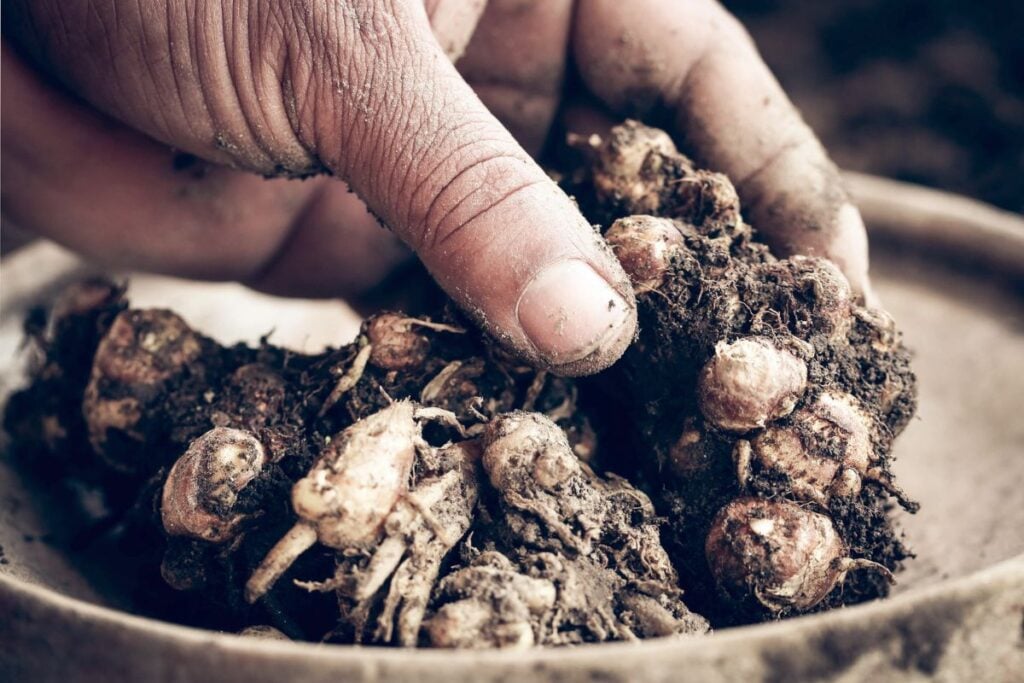
My ginger plant is dying – What should I know?
When a plant starts dying or is on the verge of death, it will display some signs.
As a beginner, you might be confused and not understand how to deal with them.
The signs don’t always mean the plant is dead.
Instead, they indicate some serious issue.
However, you can solve the problem by taking action at the initial stage.
But, if you ignore the plant and the symptoms, your ginger will eventually die.
So, to revive your ginger, observe it daily and take steps when you see the signs.
1. Incorrect watering
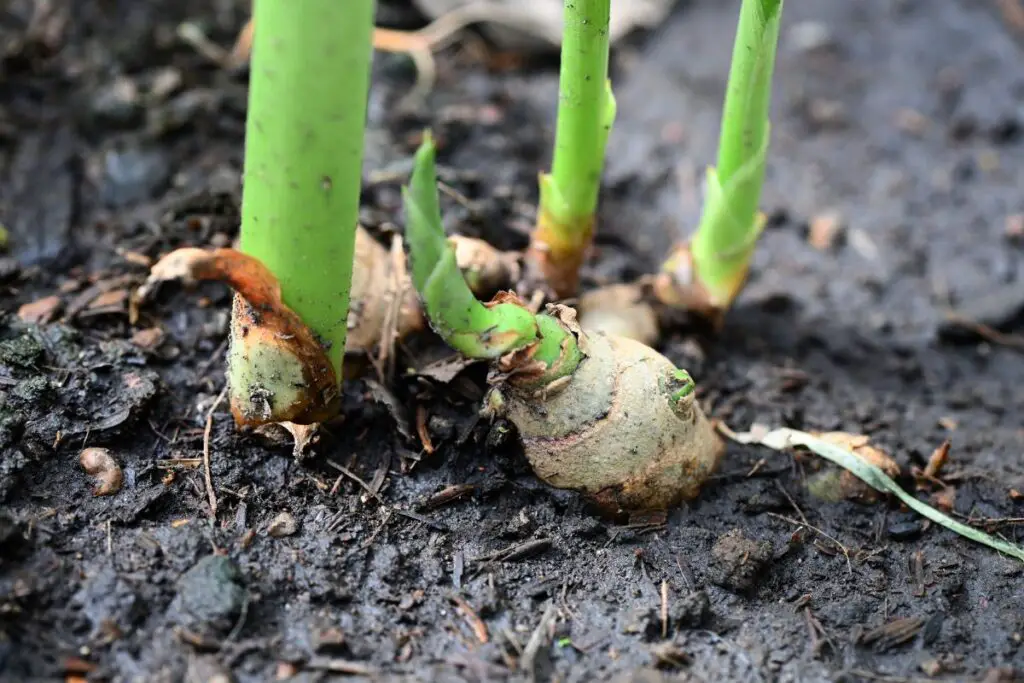
If the maximum leaves of your ginger plants start turning brown and dry, you might feel it is dying.
But, it is usually a sign that indicates that the plant is not getting enough water.
When you cut a ginger open, you’ll notice it contains plenty of moisture.
It is a hint that ginger enjoys moisture.
They cannot stand drought conditions.
The moisture content needs to be around 60%.
If the drought continues, the rhizomes and the plant will dry and ultimately die.
At the same time, no plant will love standing over a pool of water, and gingers are no exception.
Excessive moisture levels can rot the rhizomes and kill the plant.
How to fix the problem?
The best way to specify the problem is to check the soil.
If it is dry, water the plant.
If it is wet, wait for the surface to dry out.
To keep them consistently moist, you must water the ginger plants at least 1-2 times per week.
Whenever you water the plant, check whether the top few inches of the soil have dried.
If it has, soaks the soil thoroughly to maintain perfect moisture, around 60%.
The discoloration also happens due to excessive moisture.
If you are using pots, make sure the pot has drainage holes to drain the excess water.
Don’t use too much water when the plant is still young and has not grown proper or strong roots.
Excessive moisture will rot the rhizomes and affect plant growth.
If you have identified the right problems and taken steps quickly, the ginger plants will revive within a few weeks.
Also read: How To Water Ginger Plant?
Looking for gardening supplies? We have tested 100's of products before recommending them to you guys. Check out our best pick below:
| Image | Gardening Supplies | Best Price? |
|---|---|---|
 Top
Top Top
Top | Raised Garden Bed Kit | Check On Amazon |
 | XLUX Soil Moisture Meter, Plant Water Monitor, Soil Hygrometer Sensor for Gardening, Farming, Indoor and Outdoor Plants, No Batteries Required | No Results |
 Top
Top Top
Top | 82 Pcs Garden Tools Set and Extra Succulent Tools Set | Check On Amazon |
 | Joeys Garden Expandable Garden Hose with 8 Function Hose Nozzle, Lightweight Anti-Kink Flexible Garden Hoses, Extra Strength Fabric with Double Latex Core, (50 FT, Black) | No Results |
 Top
Top Top
Top | Dual Chamber Compost Tumbler | Check On Amazon |
 Top
Top Top
Top | Sunnyglade Plant Stakes | Check On Amazon |
 Top
Top Top
Top | Organic Cold Pressed Neem Seed Oil | Check On Amazon |
 Top
Top Top
Top | Mighty Mint Gallon :-Insect and Pest Control Peppermint Oil | Check On Amazon |
 Top
Top Top
Top | Scotts DiseaseEx Lawn Fungicide | Check On Amazon |
 Top
Top Top
Top | Jacks Classic 20-20-20 All Purpose Fertilizer | Check On Amazon |
 Top
Top Top
Top | 30,000 Seeds Pollinator Attracting Wildflower Mixture | Check On Amazon |
 Top
Top Top
Top | Survival Vegetable Seeds Garden Kit-Over 16,000 Seeds | Check On Amazon |
2. Excessive light can kill your plants.
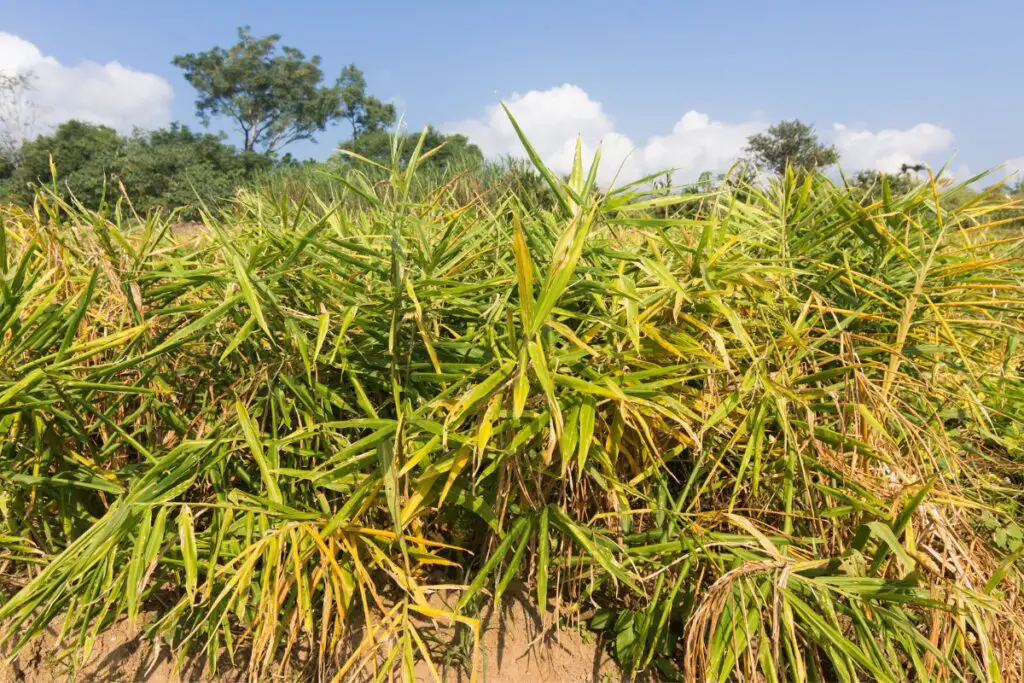
Ginger plants enjoy warm and heated temperatures but hate being exposed to direct sunlight for long hours.
Excessive direct sunlight for a long time can make the leaves brown due to sunburn.
It also dries up the soil faster and causes frequent droughts, thus interfering with the plant’s natural growth system.
Excessive sunlight turns the leaves brown or yellow, wilted, and papery.
If the condition continues, you won’t be able to save your plant.
How do I fix the issue?
If you are growing ginger under direct sunlight, fix shading nets to filter the sunlight.
Increase the watering to prevent frequent drying up of the soil.
Check the moisture content and water it as per need.
Find a shady location or one with dappled sunlight and plant ginger plants there.
Make sure you don’t completely block them from the light.
Ginger plants will remain fine if they get 2-5 hours of direct sun daily.
It also allows them to produce flowers.
An ideal place outside would be under or near a tall tree, deck, house corner, or beside walls where the plants get partial shade.
If you wish to plant ginger near or under tall trees, ensure each of their roots has enough space to grow and spread.
You may also put some sun-loving potted plants close to the ginger plants and guard the sunlight against reaching the ginger bed.
Gingers’ hatred for direct sunlight doesn’t make them a dim-light plant.
It will require partial or dappled sunlight throughout the day to develop.
Also read: How Much Light Does A Ginger Plant Need?
3. Improper fertilization
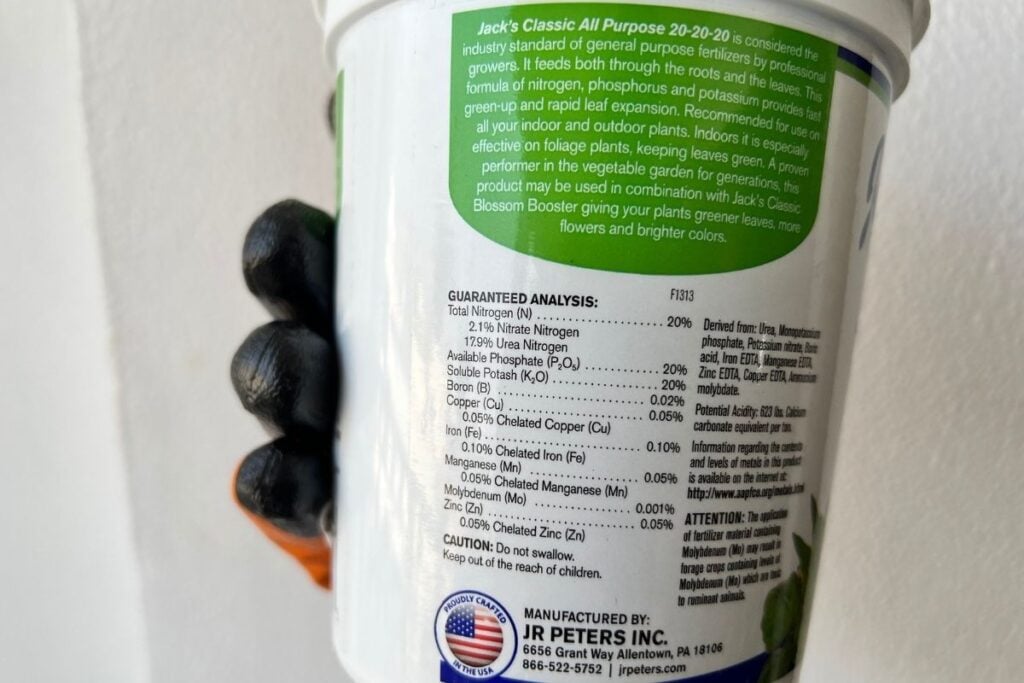
Ginger plants are heavy feeders, and lack of fertilization will kill them.
At the same time, over-fertilization will also kill them.
Without an adequate number of nutrients, ginger plants will not develop well.
The leaves will become brown at the edges, and some will have yellow centers.
Brown edges and yellow centers on the leaves are signs that the plant is not nourished enough, and they might die if the condition exceeds for a very long time.
Reviving is easier if you can identify the problem at the initial stage.
But if you are late, you will kill your plant.
You should not fertilize the plant too much.
Over-fertilization can alter the soil’s pH and nutrient level, harm the plants, and kill them.
How to fix the problem?
The rule is to add a good amount of compost to the soil before planting.
After that, you must fertilize it with a liquid fertilizer once a month throughout the growing season.
You can also add compost 2-3 times per year in a growing season.
Add some compost to the soil if your plant is getting these signs.
Or, add some liquid fertilizers in small amounts.
You can also use well-rotted and aged chicken manure as fertilizer.
Fresh manure burns the root system and the plant.
So, use well-aged manure.
Another option is fish emulsion.
Add them every 6-8 weeks in the growing seasons.
At the same time, you should not use any wrong fertilizer or fertilizer in more amounts.
If you use a liquid fertilizer, use the one with an NPK of 10-20-20 only once a month.
Ensure to dilute it with water before use.
Apply the fertilizers 3-4 inches away from the gingers and not close to the plants.
Avoid fertilizing the plant when it becomes dormant in the winter seasons.
Start feeding once the temperature rises in the spring.
Also read: How To Fertilize Ginger?
4. Bad temperatures
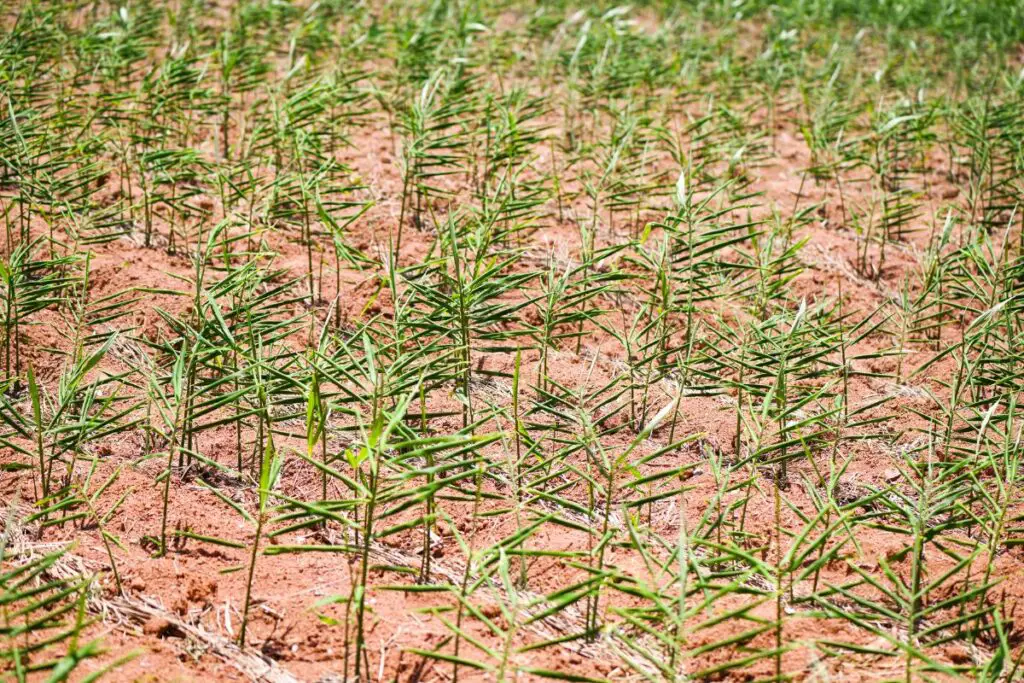
Ginger plants prefer hot and warm temperatures more than cold because they belong to the tropical and subtropical regions.
However, remember that too much heat from direct sunlight is not good for ginger plants.
The best temperature for ginger growth ranges between 75-85°F or above.
It is the range where the ginger grows at its best potential.
Most ginger varieties prefer warm temperatures and not cold.
But some varieties are hardy gingers and can tolerate temperatures as low as 10°F.
Don’t think ginger is cold or frost-hardy for this reason.
Most varieties will not respond well to temperatures lower than 50-60°F.
Once the temperature drops below 50°F, gingers will begin to suffer.
The more the temperature drops, the more they will suffer and ultimately die.
How to solve the issue?
If you live in the colder zones, start growing ginger plants in pots.
It makes shifting from outdoors to indoors easier.
Keep the plant near a sunny window, water sparingly, and don’t fertilize.
If your rhizomes are in the ground, remove the vegetation above the soil and take the rhizomes inside.
Remember that these rhizomes should stay dormant.
So, store them in dry peat in a dark and cool location.
If you live in hotter zones, you can keep the rhizomes outside in the ground.
To protect from the cold weather, add a layer of mulch. Reduce watering and stop fertilizing.
Also read: Ginger Plant Temperature Tolerance
5. Lack of humidity
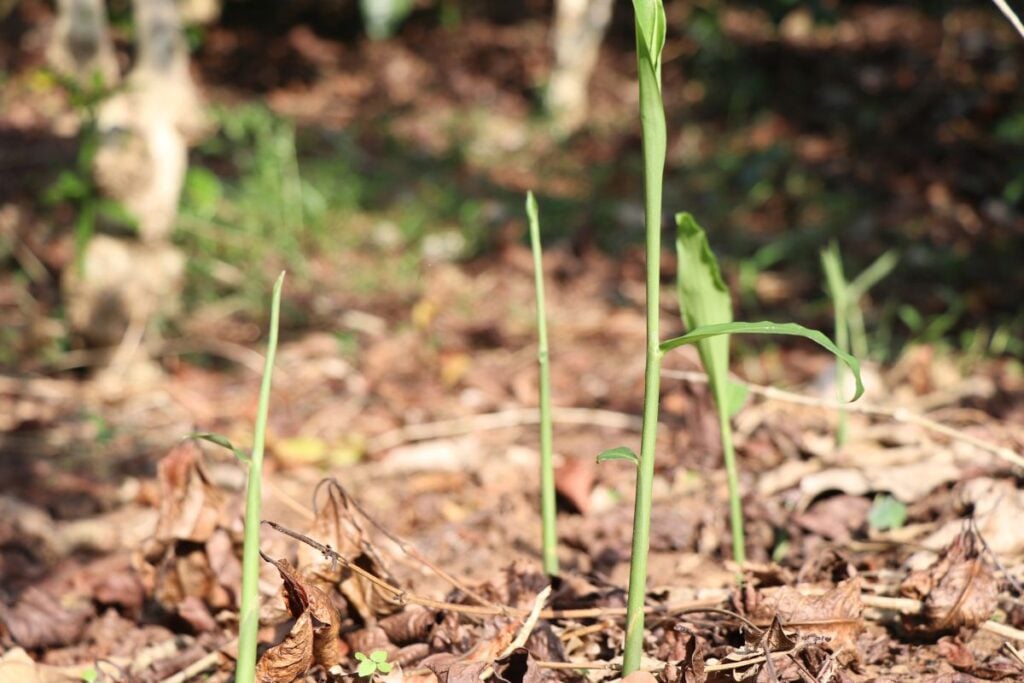
Since ginger plants are from tropical and subtropical areas, they need a lot of humidity, around 70-90%.
If the air around is very dry, the gingers will dry out.
The rhizomes will dry out and die if you don’t care for the humidity levels.
The problem mostly happens indoors.
It is because there is enough humidity outside, but the indoor humidity levels are not up to the mark.
How do I increase humidity levels?
If the outside humidity is low, then:
- Mist the plants regularly.
- Keep some water trays around the plants.
- Add mulch over the soil surface to maintain the moisture.
If your ginger is inside:
- Use humidifiers
- Keep pebble trays under the pots
- Keep water tanks around the plant
6. Pests
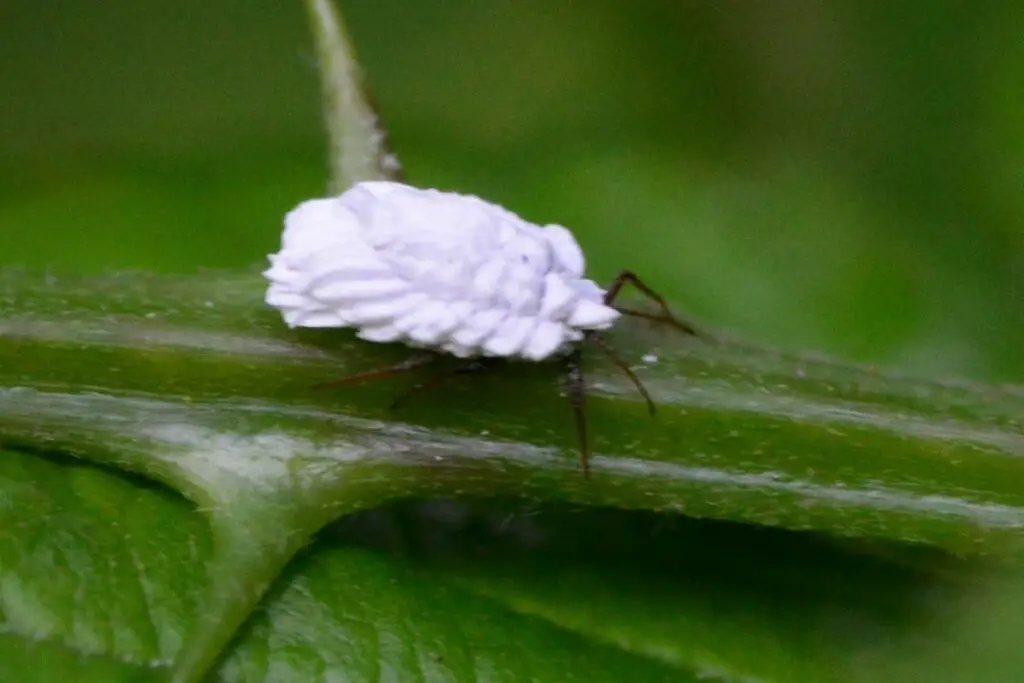
Many pests like thrips, aphids, slugs, rhizome flies and scales, rose beetles, nematodes, etc., can harm the plant and even kill them.
Some bugs destroy the internal tissues, and some suck the saps of the plant and kill it.
Some bugs feed on the leaves and skeletonize them.
How do I get rid of the pests?
- You can use Neem oil to remove them. It is the best and most natural way to remove maximum bugs.
- Release natural predators for scales and aphids. They feed on them and make your plant bug-free.
- Control weed growth to prevent infestations.
- Spray 50% dichlorvos or 40% dimethoate to the soil to eliminate thrips.
7. Diseases
Gingers affected by diseases will cause stunted growth and ultimately the death of the plant.
You can fix some diseases, whereas most don’t have any fixation.
Diseases like dry rot, fusarium yellow, leaf spots, mosaic virus, and bacterial wilt will kill the plant.
These don’t have any fixations.
The only way to treat these diseases is through prevention.
One fixable disease is rhizome rot or soft rot.
The disease is caused due to prolonged dampness and hot weather.
How do I prevent diseases?
If your gingers have rhizome rot, remove the infected leaves, stop watering, and treat the plant with fungicides, like Bonide Revitalize Biofungicide for organic gardening, 16 oz.
For other diseases, take precautions.
- Use treated seeds and rhizomes with hot water.
- Solarize the planting bed before planting the rhizomes to kill the pathogens.
- Plant some lemongrass or mint to let these plants release essential oils and kill pathogens.
- Consider crop rotation every 1-2 years.
- Prevent overwatering the ginger plants.
- Don’t let the plants have any open wounds.
Final thoughts
Ginger plant dying doesn’t mean you can’t save your plant. If you observe and identify the signs and take immediate action, you can save your plant. But if you keep ignoring the signs and let the plants be, ultimately, your plant will die.
If you are a beginner and confused about the signs, this article can help you out a bit to understand the problems, fix them, and bring the plant back.
Reference: Ginger Production, Texas AgriLife Extension, USDA, Wikipedia
